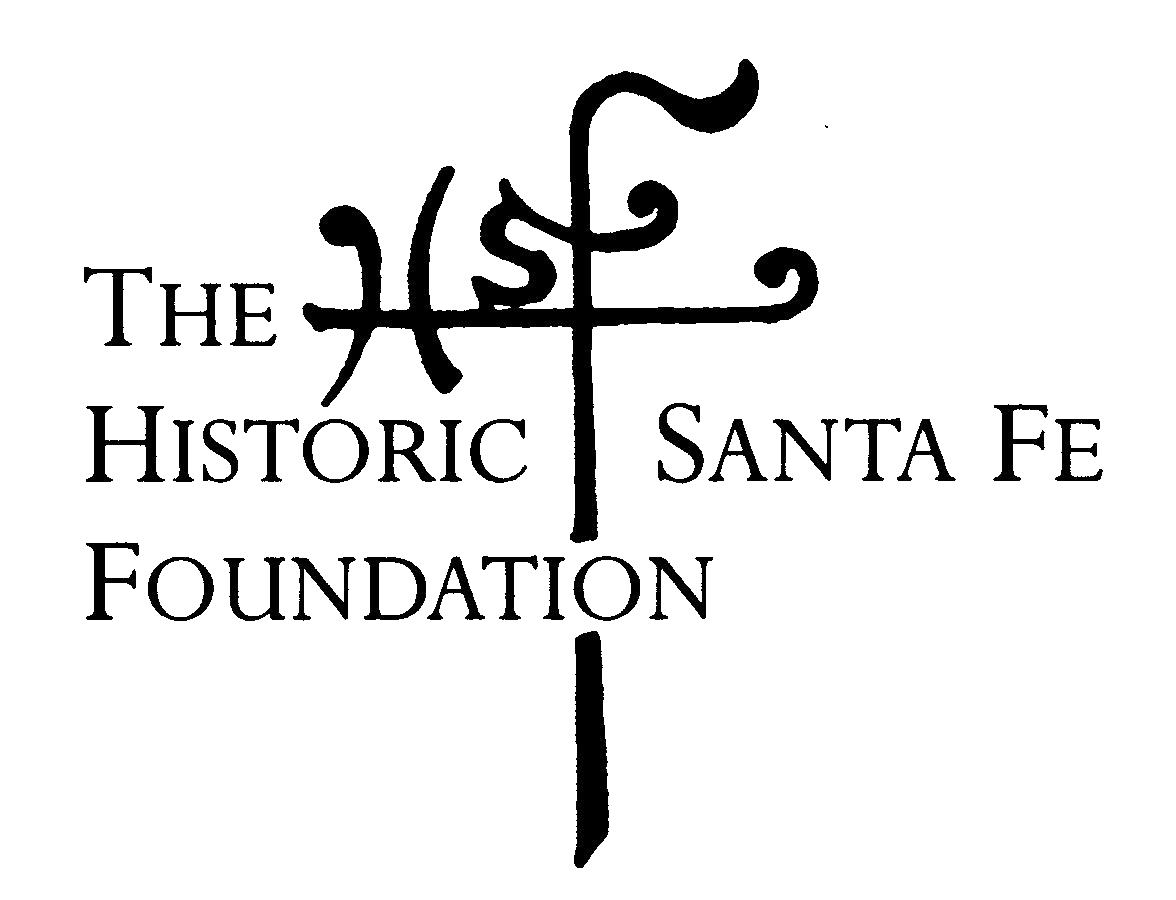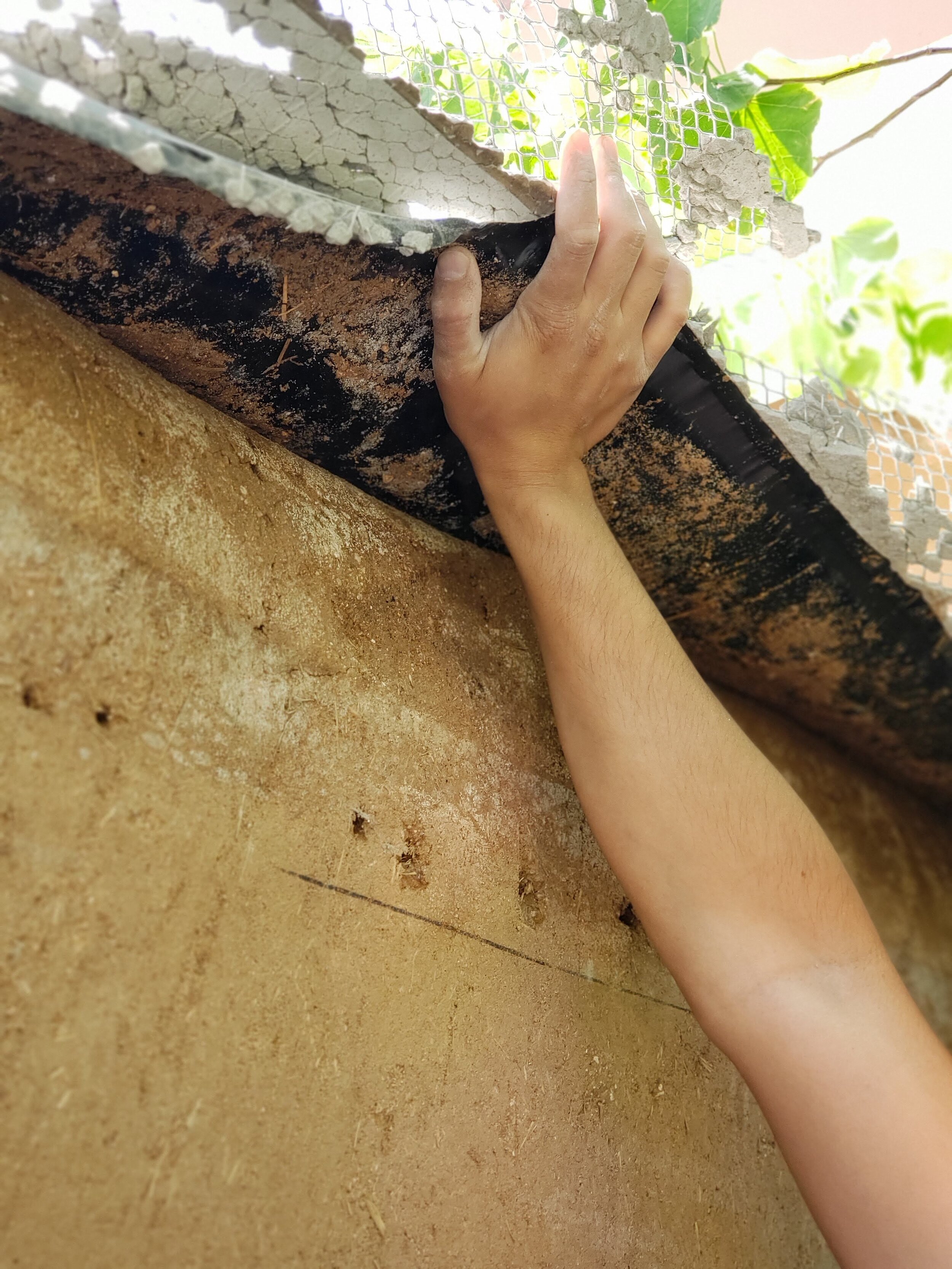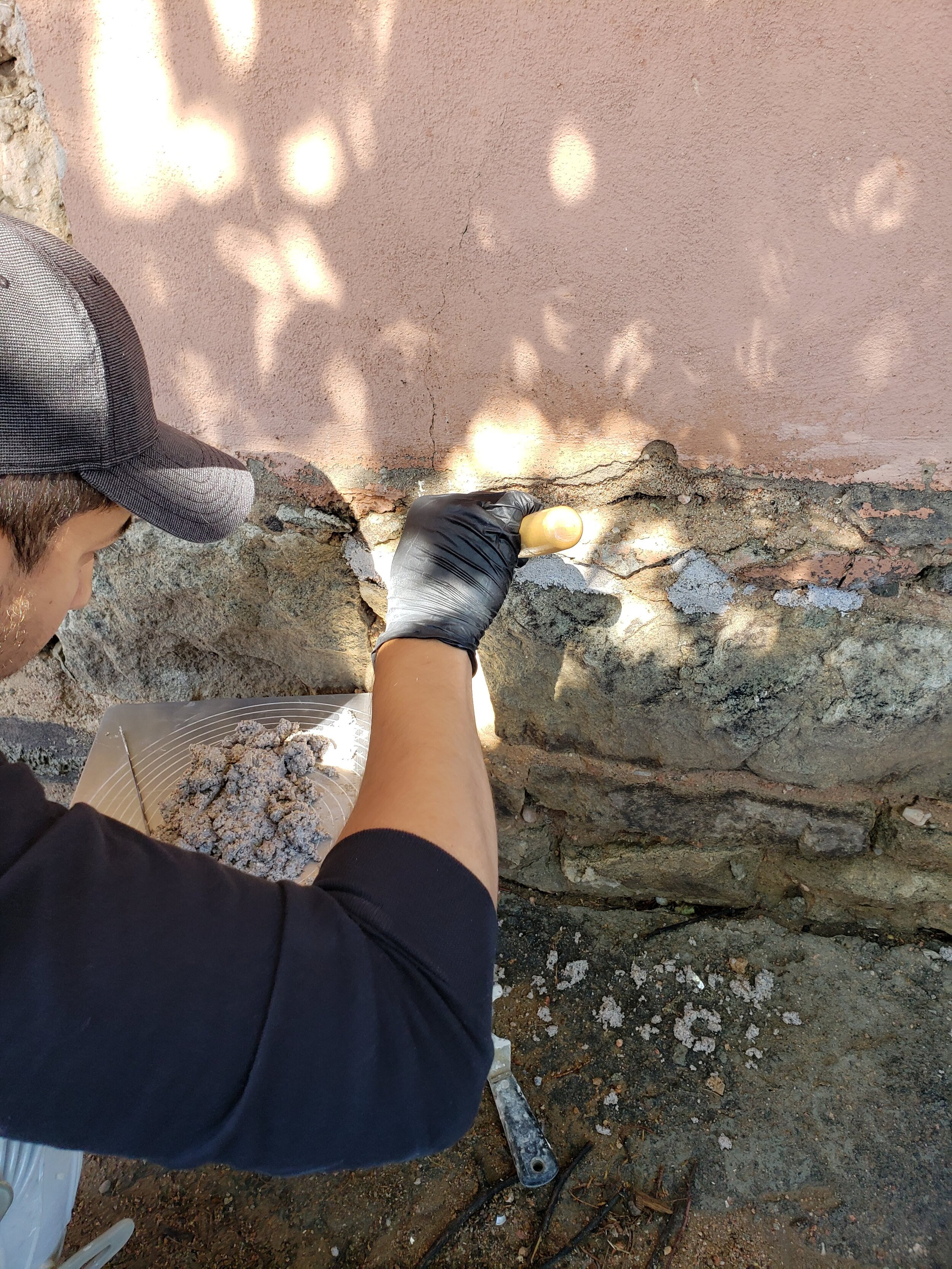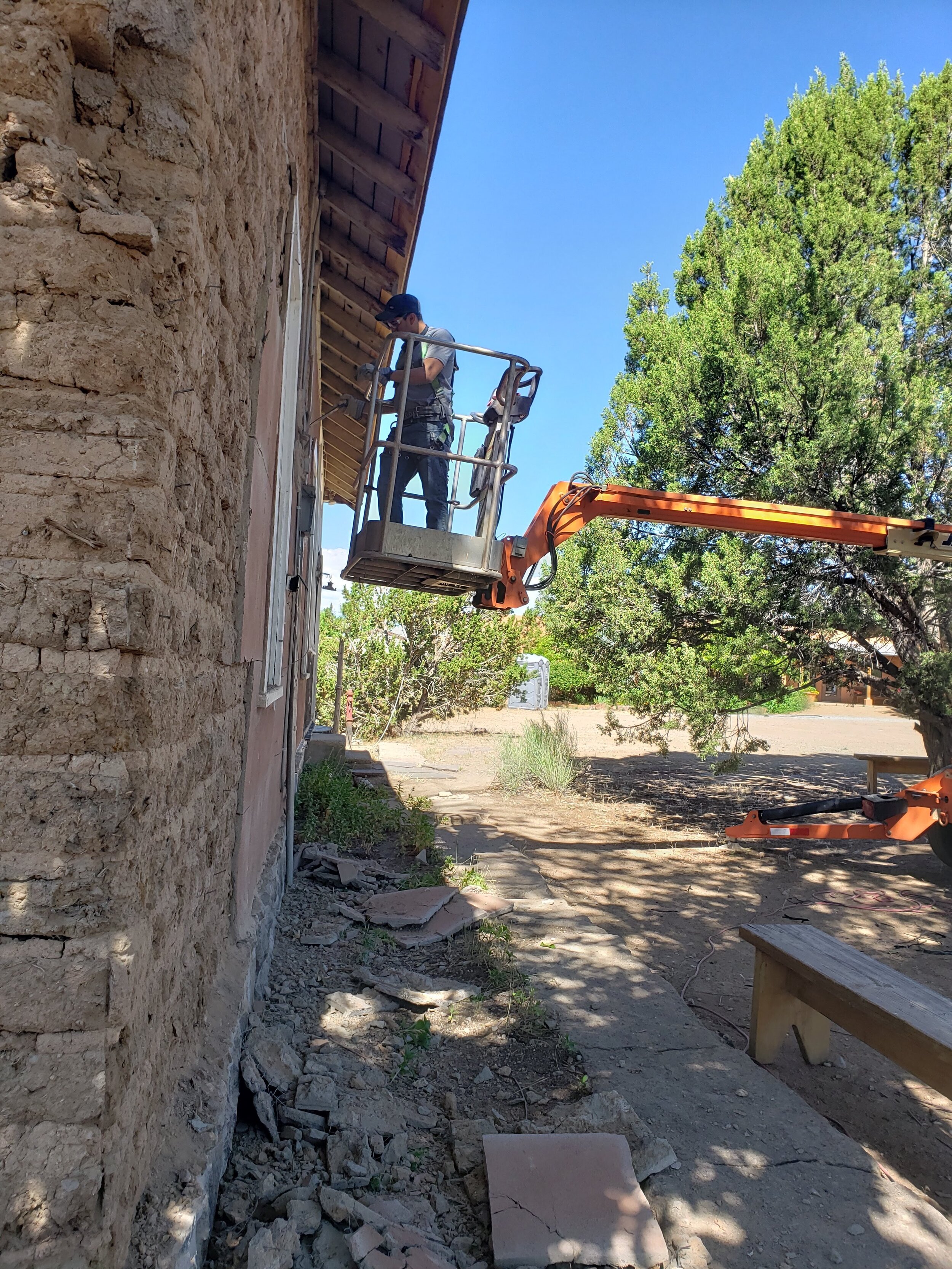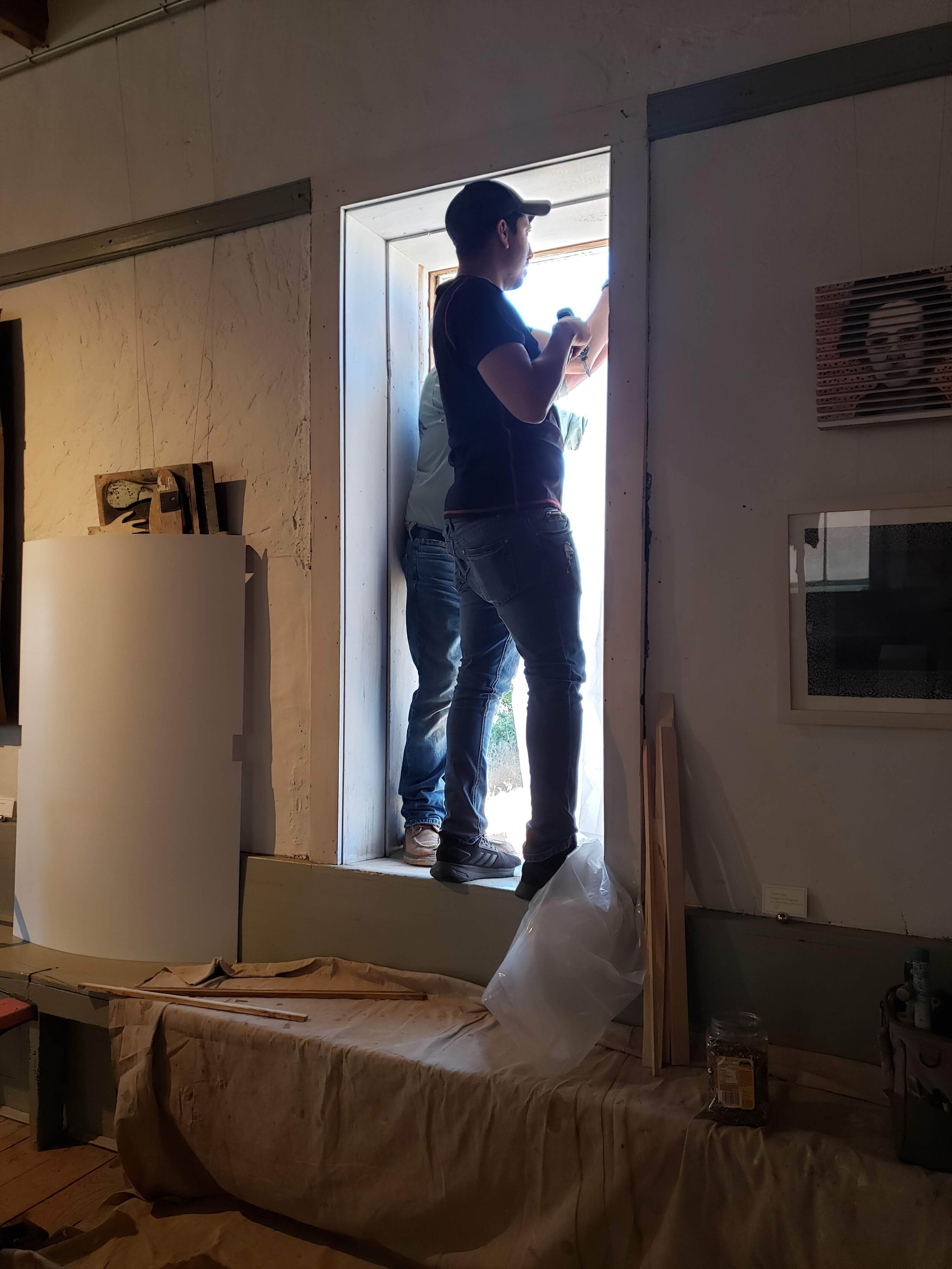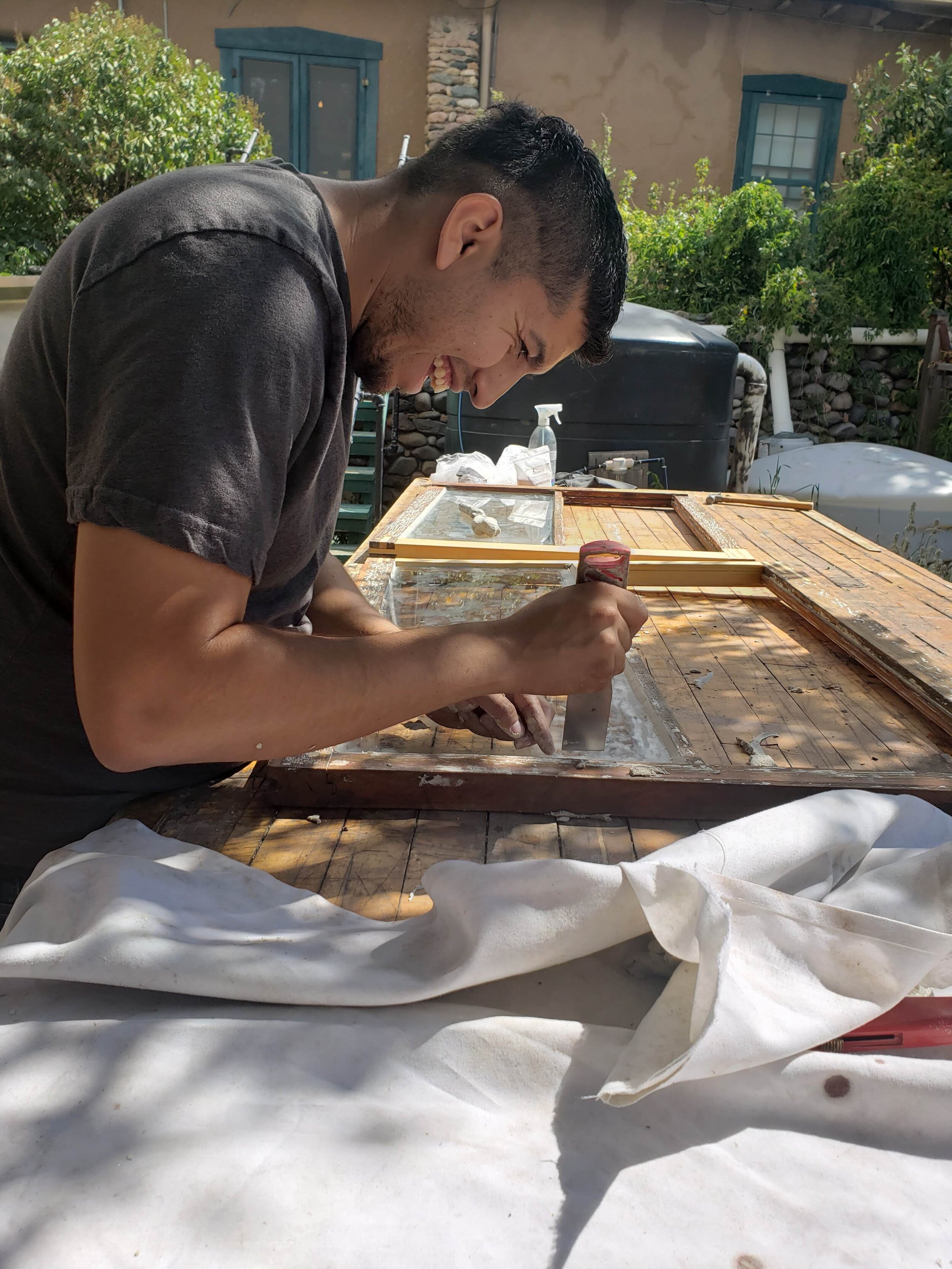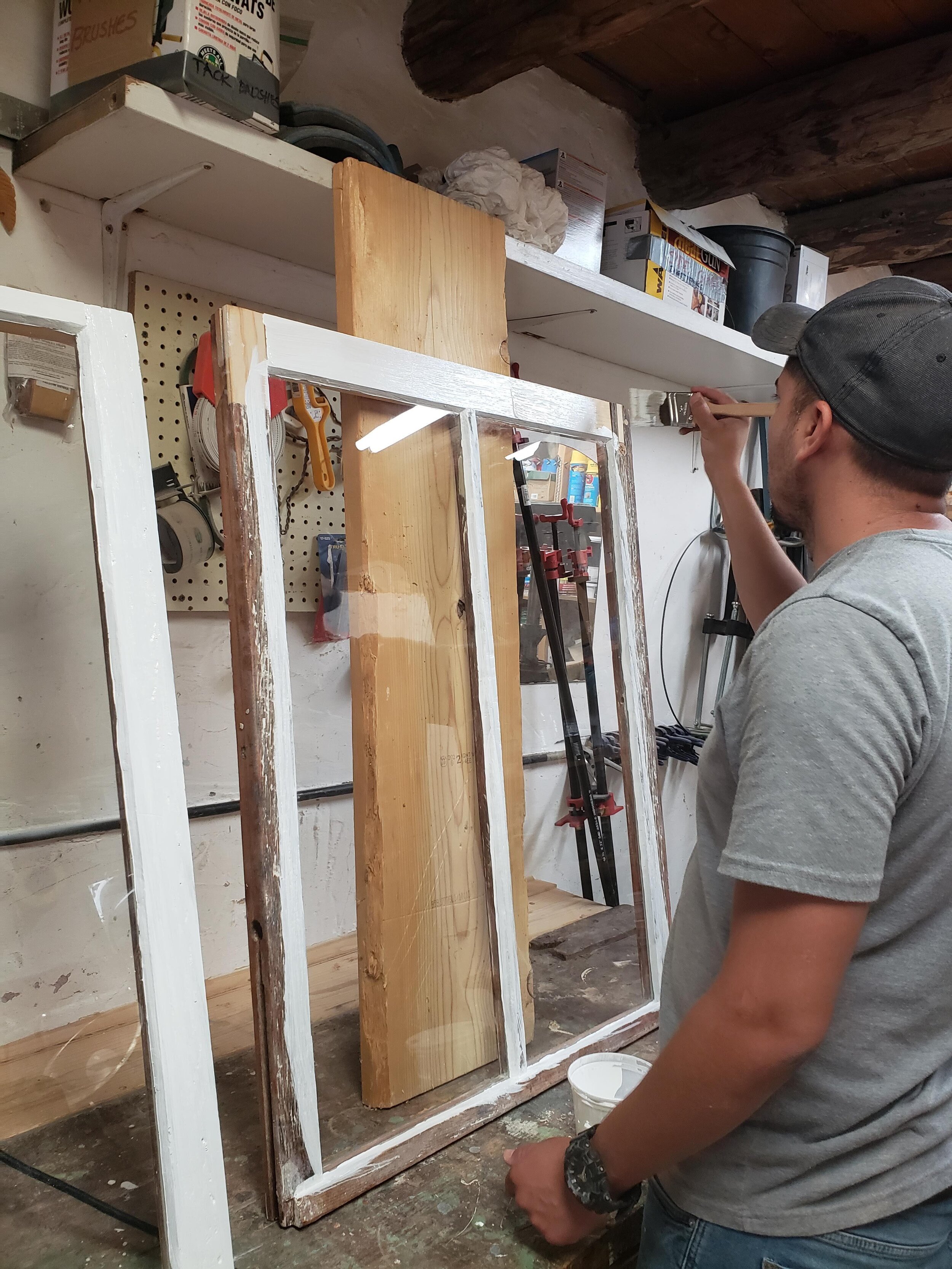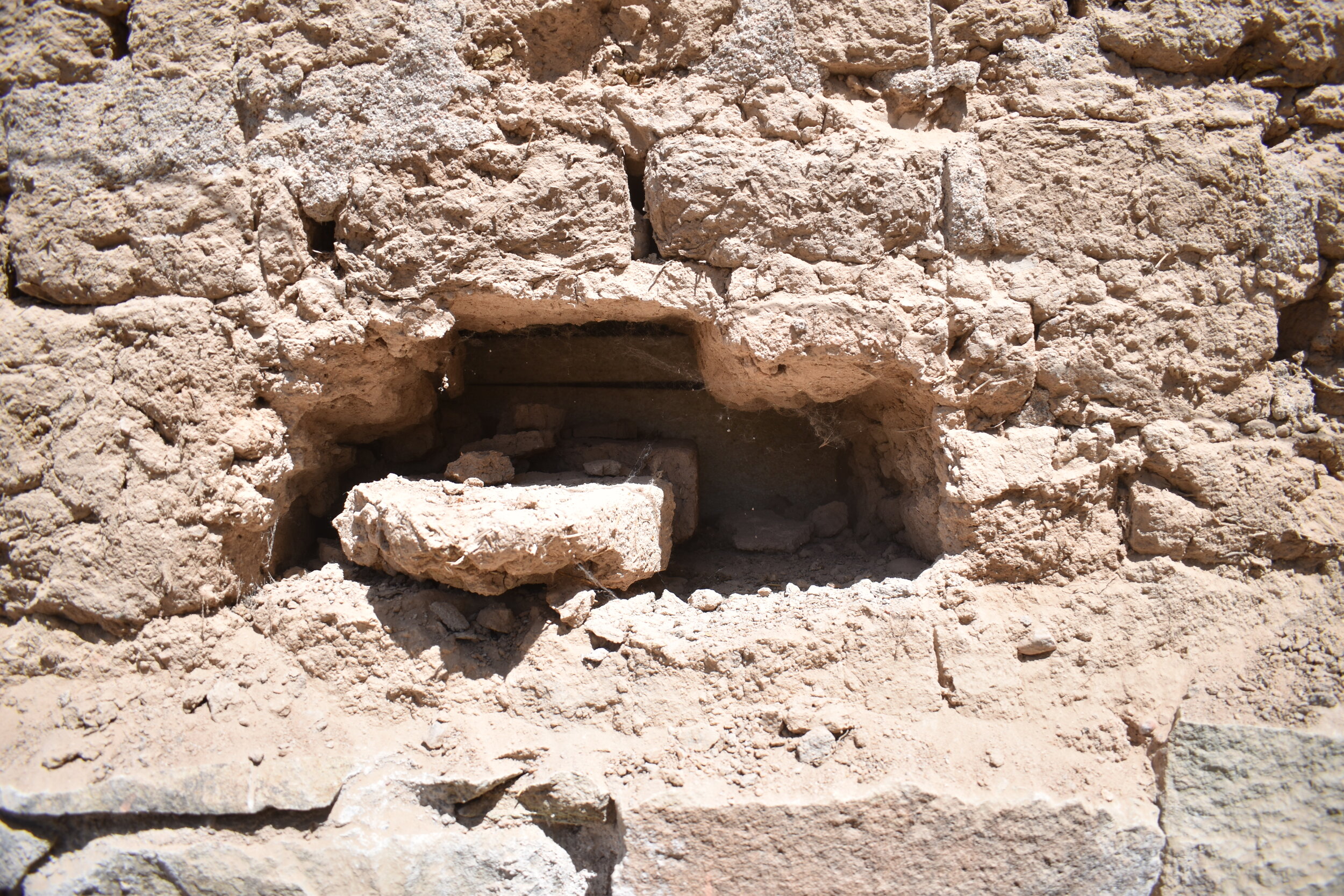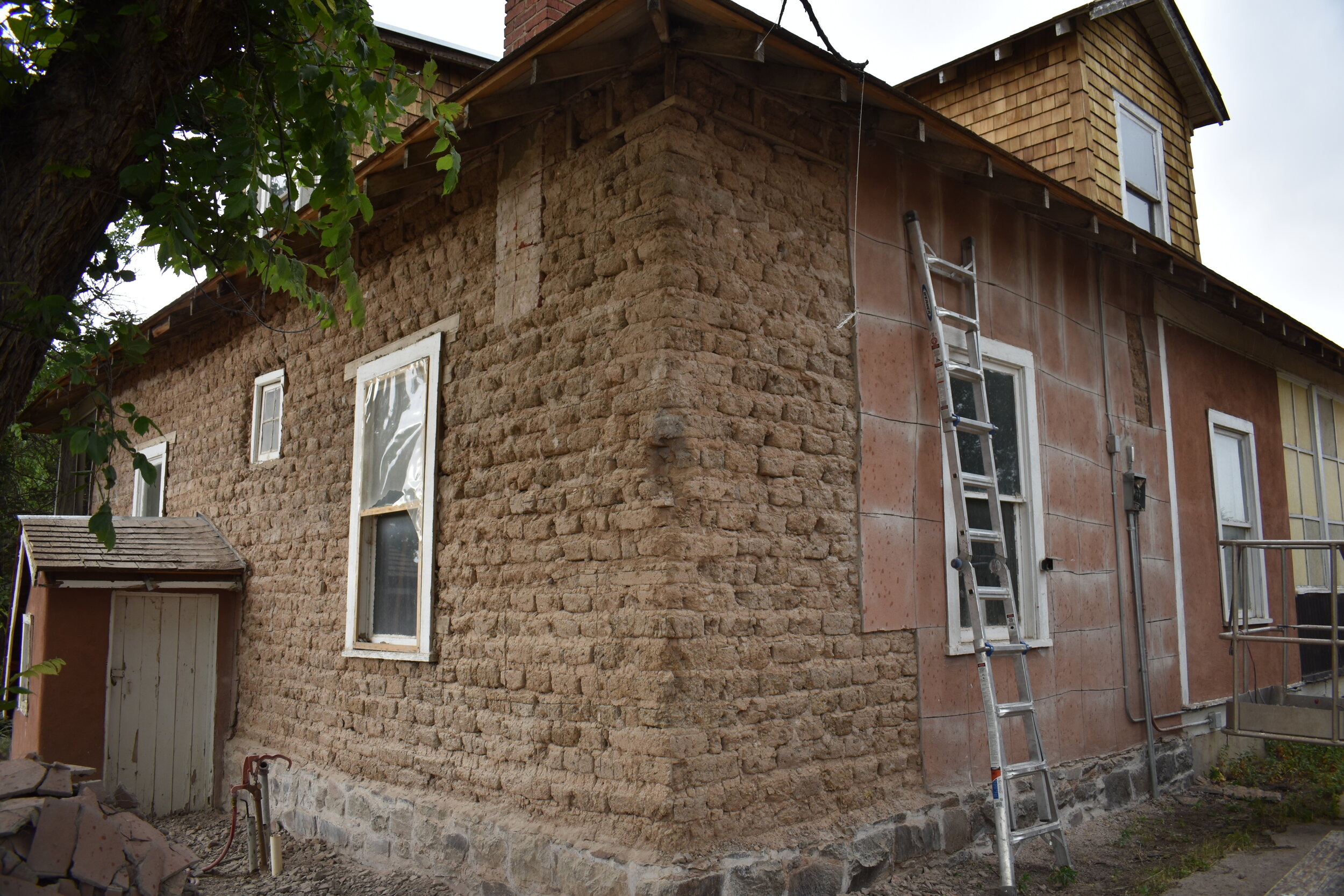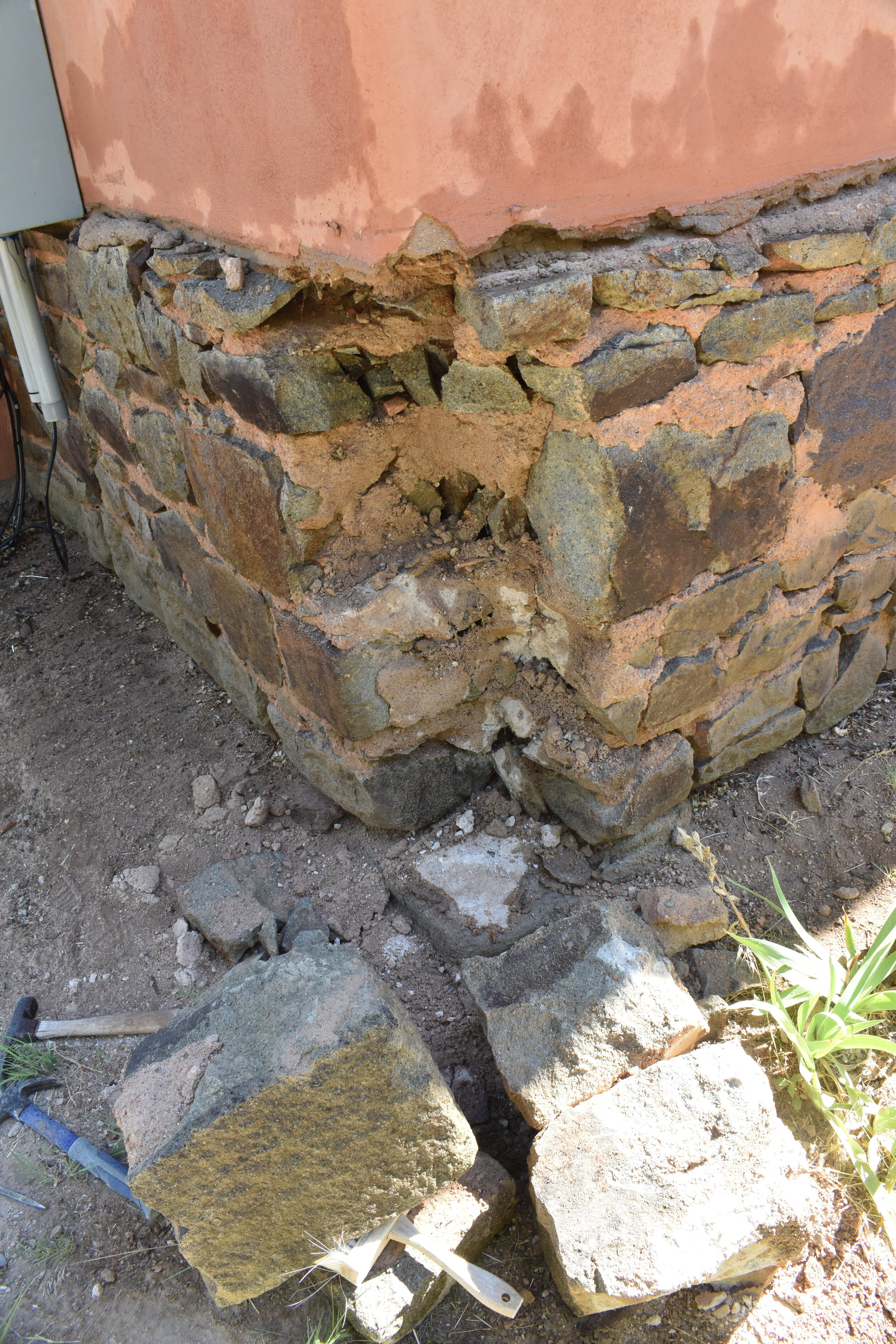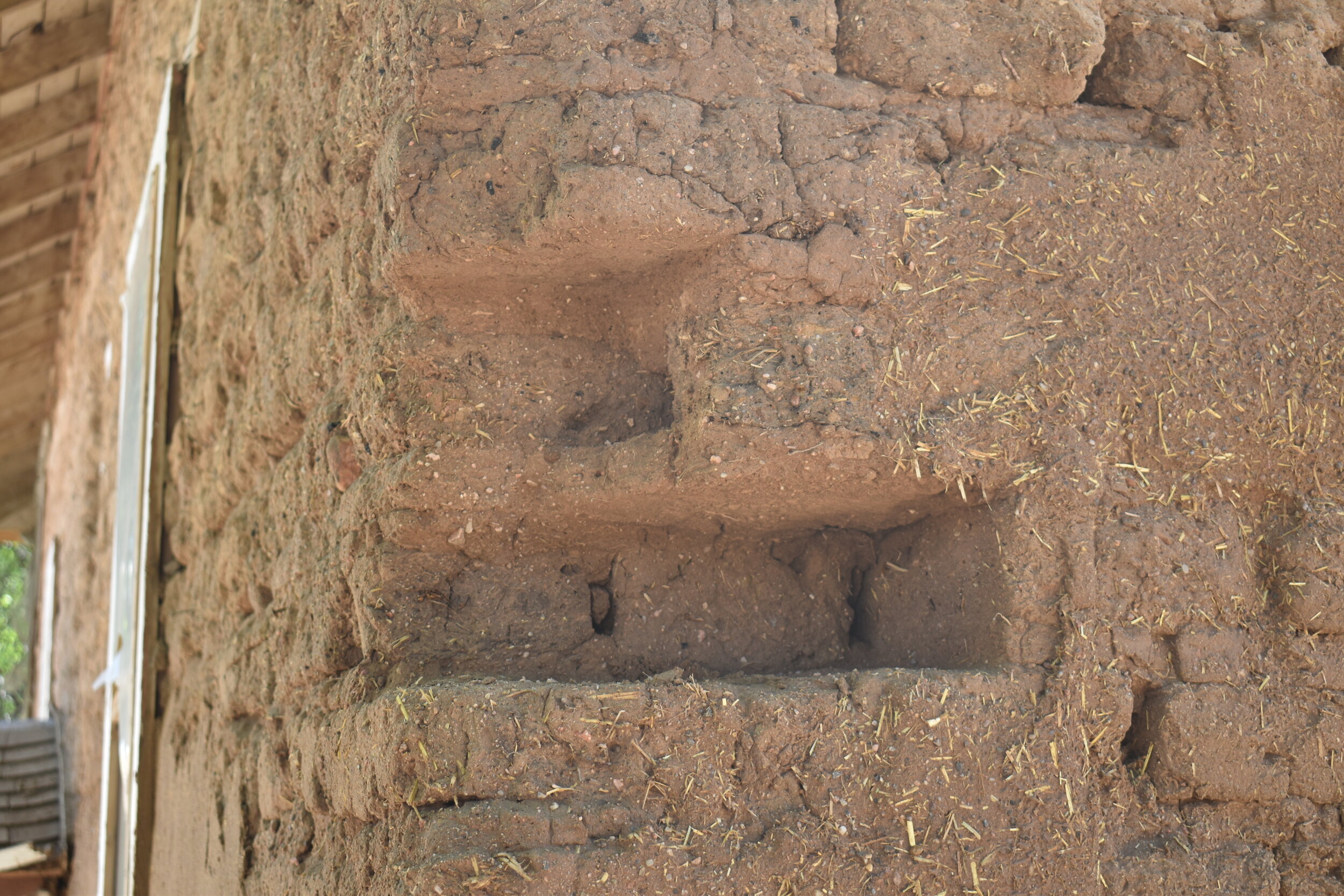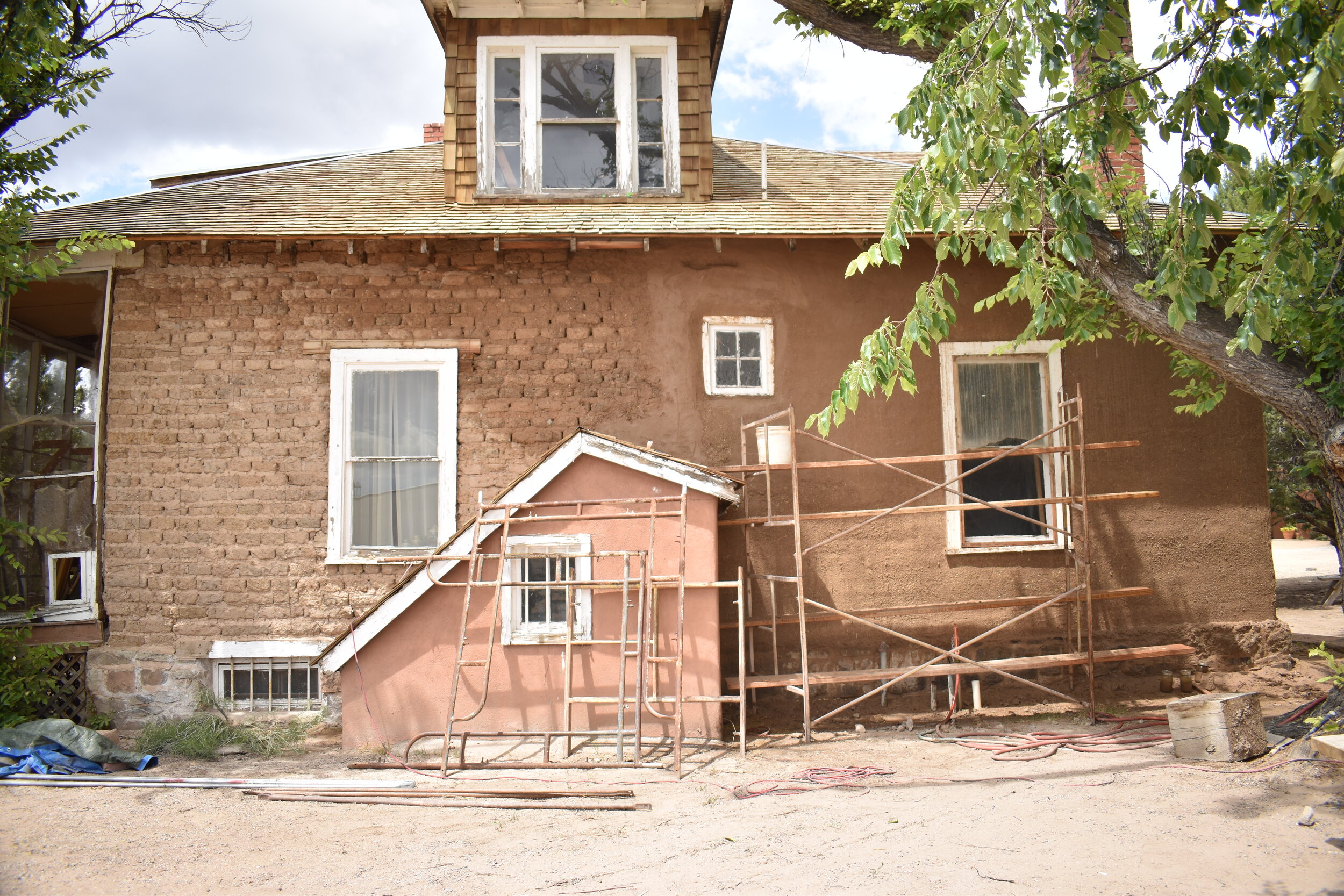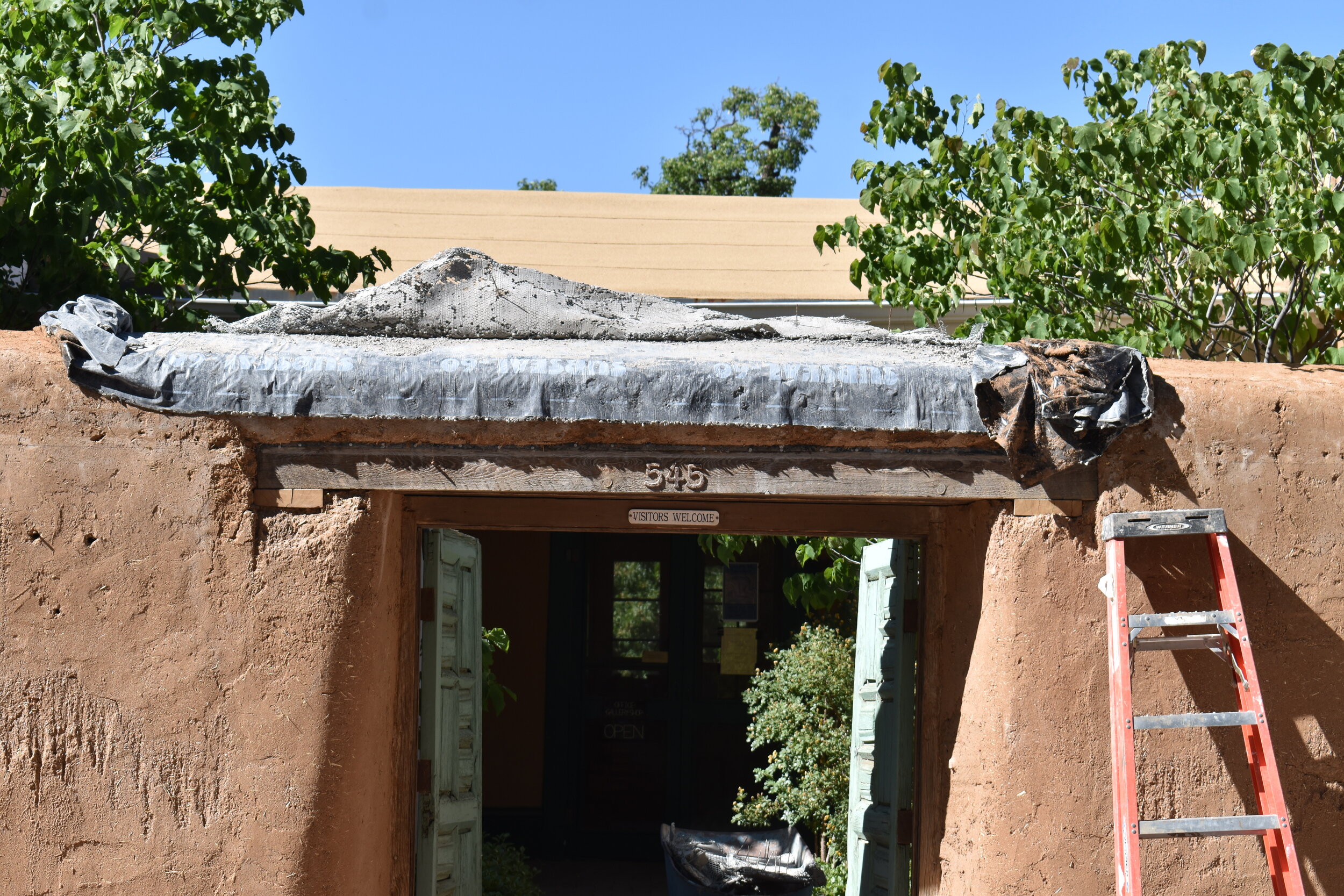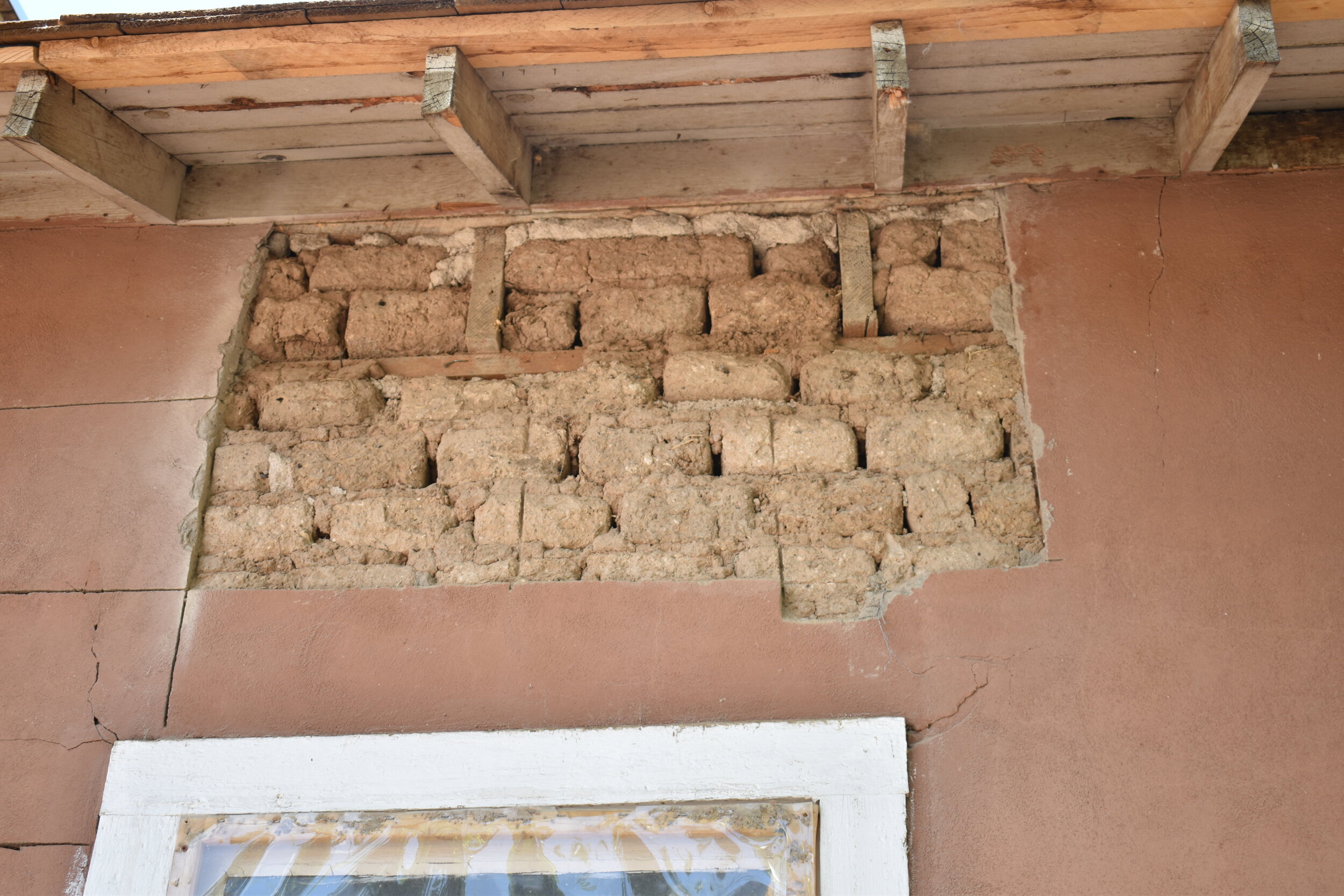OLD SANTA FE TODAY - THE NEW EDITION UPDATE
/Covers above: 1991 fourth edition, 1972 third edition, 1966 first edition, and 1982 third edition.
Old Santa Fe Today New Edition Update
HSFF Executive Director Pete Warzel
As most of you know, the Historic Santa Fe Foundation began a project in 2019 to completely revise our iconic publication, Old Santa Fe Today, in a fifth edition. The fourth edition was printed in 1991 with much needed to be addressed in that lapsed time.
The new edition will have the complete inventory of properties on the HSFF Historic Register of Properties Worthy of Preservation, now at a total of 98, and one or two more addition likely before we go to press (currently being researched for nomination by our Mac Watson Fellow Katie Dix). New research and writing for each entry is being done by Audra Bellmore, PhD., Associate Professor in the Center for Southwest Research and the Curator of the John Gaw Meem Archives of Southwestern Architecture, on a volunteer basis. It is an incredible commitment to this foundation by Dr. Bellmore, and the staff and Board of Directors are extremely grateful. New color photography is contracted with Simone Frances, an architectural photographer based in New Mexico.
The Museum of New Mexico Press will design, produce, market and distribute the new book, and as you most likely know, has been printing elegant books focused on art, archeology and history of the state and region since 1951. (Órale! Lowrider, The Santa Fe Scottish Rite Temple, Painted Reflections, Los Luceros, etc.) The quality of these books and others in the MNMP catalogue is exceptional.
I had occasion to pick up a copy of a now, 24-year-old book, The National Trust Guide to Santa Fe. Interesting and mostly well done. But, it is a guidebook. There is very good, well-researched background in the introductory chapters, but essentially it is a walking tour by street address in various sections of the city. (It is good to see an entry for the Rios wood lot in the Canyon Road tour section, and the drawing of the proposed towers for the Cathedral from 1885 is incredibly disturbing – it would be interesting to see what the Historic Districts Review Board would do with that if proposed today). OSFT is not that, but could be utilized in such a way. The photographs of the properties will be stunning, with interior shots of many of the properties that are never seen. The narrative on each will be much more extensive than allowed in a guidebook format. Yet, with the detailed map insert, and the proposed mobile phone app, the book certainly will be conducive to using for a walk, or drive tour.
OSFT is a standard of research, used, in its past editions, by writers and academics exploring the history and architectural significance of Santa Fe. Indeed, Richard Harris, the author of the National Trust guide referred to above, cites the 4th edition of OSFT as a source. Paul Weideman, who launched his wonderful book at our sala in December 2019, Architecture Santa Fe: A Guidebook, likewise used Old Santa Fe Today as reference. That is telling.
We have a budget of $40,000 to meet our subvention with the Museum of New Mexico Press, as well as the contracted photography, map-making and app production. To date we have received $12,300 from very generous individuals and an additional $20,000 from businesses that housed in the Register properties, or simply committed and concerned about the architectural and cultural history of the Santa Fe area: Victory Contemporary (gallery – in the Delgado House), Inn of the Five Graces (Barrio de Analco and the Tudesqui House), Bishop’s Lodge (Lamy Chapel), Santa Fe Properties (José Alarid House), The Georgia O’Keeffe Museum (Bergere House), La Fonda on the Plaza, Eugene V. and Clare E. Thaw Charitable Trust (the Brooks House), and Wolf Corporation (Marybeth and John Wolf – the Hinojos House). New Mexico Bank and Trust, Avalon Trust, Sunwest Construction, and Dave Feldt, Realtor, have also generously donated funds to help complete this project, although not housed in one of our Register buildings. Through this exceptional help from businesses and individuals we have reached 81% of our funding and budget goal. The finish line is near.
A revision of Old Santa Fe Today has been a goal of this Foundation since I came here six years ago. It is brought up in conversations with preservation organizations, writers, and members of HSFF, continuously, in the hope that we would redo with a new edition. The 4th edition, from 1991, is outdated, not only regarding the number of properties on our Register, but as to information regarding many of the properties included. Thirty years is long enough to wait for a new version.
So, we are here, and moving rapidly, and all – Board of Directors, staff, associates, partners, publisher, writer, and photographer – are so looking forward to this elegant presentation of our history. We hope you can help us with this project, and also that you thoroughly enjoy the final product, due to be available in 2021. It will be a wonderful addition to the living library of Santa Fe’s architectural and cultural history.
Read more about the reprint on the Old Santa Fe Today page on our website.
